January 14, 2020
Underwater gardens: Great barrier reef
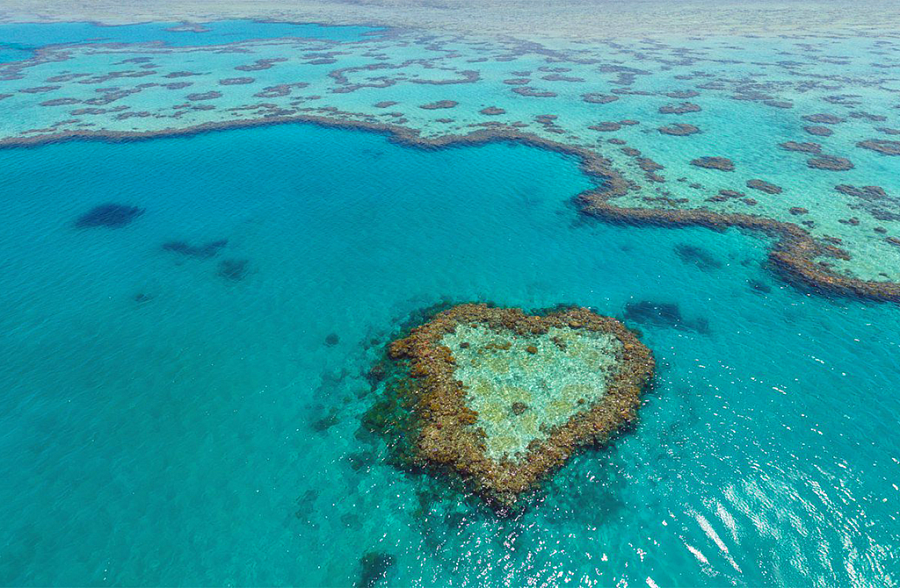
How and when did nature create such a miracle?
This huge array consists of calcareous skeletons that belong to microscopic living creatures-coral polyps. They are tiny invertebrates that feed on plankton. Most often, coral polyps live in symbiosis with single-celled algae, which give them a bright color.
The great barrier reef began to form about 400,000 years ago. It has been growing most actively for the last 8,000 years, when the level of the world's oceans rose.
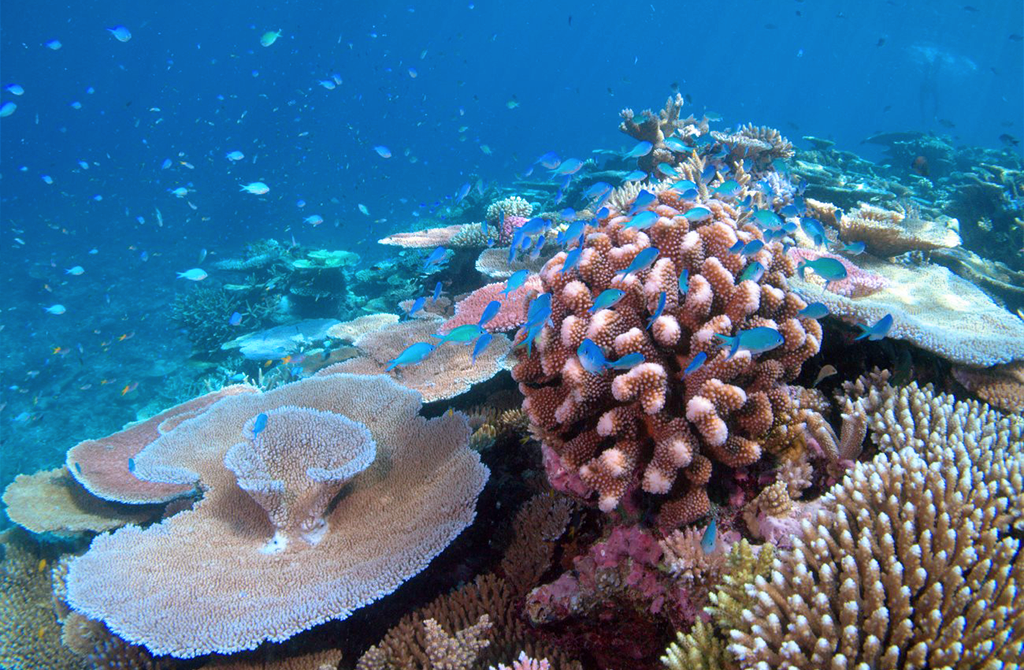
Corals are demanding creatures. For their growth, certain conditions are necessary: the water temperature should be at least 18 degrees (ideally 22-27), the water should be clear, salty and contain a lot of plankton and dissolved gases. Therefore, the Great barrier Reef is bounded to the South by the Tropic of Capricorn (the water temperature becomes lower to the South), and to the North by the shores of New Guinea, where the fly river flows into the ocean, and whose fresh waters reduce the salinity of sea water.
Inhabitants of the reef
The variety of forms and brightness of colors of the Great Barrier reef is difficult to imagine to a person who has not seen them. Divers who have made a dive on the territory of the reef, say that photos and videos are not able to convey its beauty. Among the corals that form it there are "antlers", fungi, brainworms, gorgonarii-only about 400 species. Their color can be yellow, red, pink, orange or brown. All together, they form an unusual landscape in which it is impossible to find two identical sites.
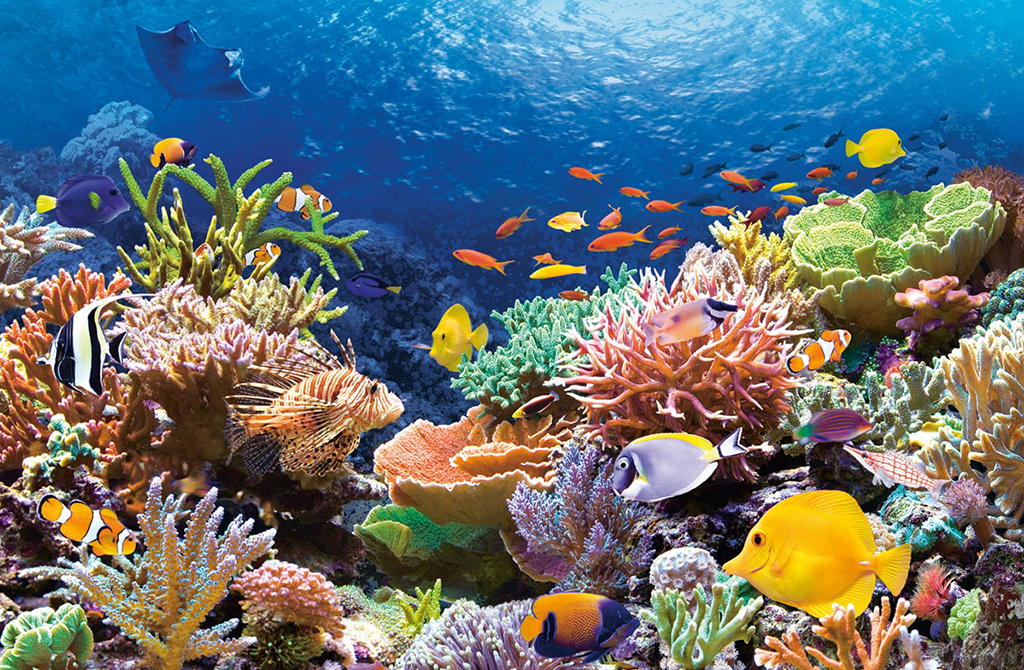
In addition to the corals themselves, the underwater castles of the Great Barrier reef are home to several thousand species of sea creatures. Currently, only 10% of its inhabitants have been studied:
- 1500 species of fish. Among them, the largest fish in the world – the whale shark, and the well-known inhabitants of oceanariums: butterfly fish, clownfish, parrot fish, Moray eels and lionfish.
- 100 species of crustaceans: shrimps, lobsters, lobsters and crabs, etc.
- 4,000 species of shellfish, including a miniature but deadly blue-ringed octopus.
- Marine mammal. Here you can find striped whales, humpback whales, dolphins, killer whales.
- 240 species of birds: terns, petrels, frigates, phaetons, etc.
- Sea turtle. On the territory of the reef live 6 of the 7 species that live in the ocean.
The reef and man
Of course, such beauty and abundance attract the attention of people. It is impossible to say when the indigenous locals began to develop the reef. The first European to discover its existence was Louis de Bougainville in 1768. And the first person who managed to get through it safely on the ship was James cook. He found a navigable passage near lizard island.
The first navigable map of the reef was made only in 1840, 72 years after its discovery.
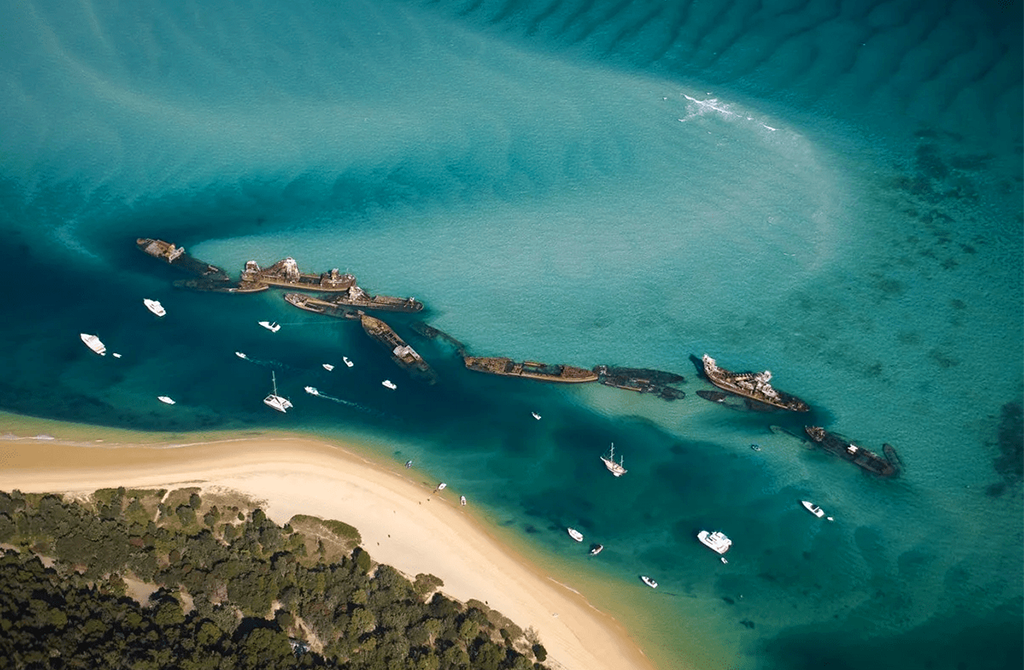 Many ships were wrecked by bumping into sharp coral tops. In total, the remains of about 500 vessels lie at the bottom of the ocean in the area of the Great Barrier reef.
Many ships were wrecked by bumping into sharp coral tops. In total, the remains of about 500 vessels lie at the bottom of the ocean in the area of the Great Barrier reef.The Great barrier reef is now a popular tourist attraction. Every year it is visited by several hundred thousand tourists. To protect the reef from destruction, the Australian government has made its territory a marine Park and divided it into 6 zones of accessibility. Access to the last, most secure, zone is only allowed to scientists who are engaged in the study of the reef. In the first, the most accessible, allowed shipping, tourism, sale of corals. Only some Islands are open to the public. All visitors are required to strictly observe the rules. In particular, it is forbidden to hunt the inhabitants of the reef and touch corals.
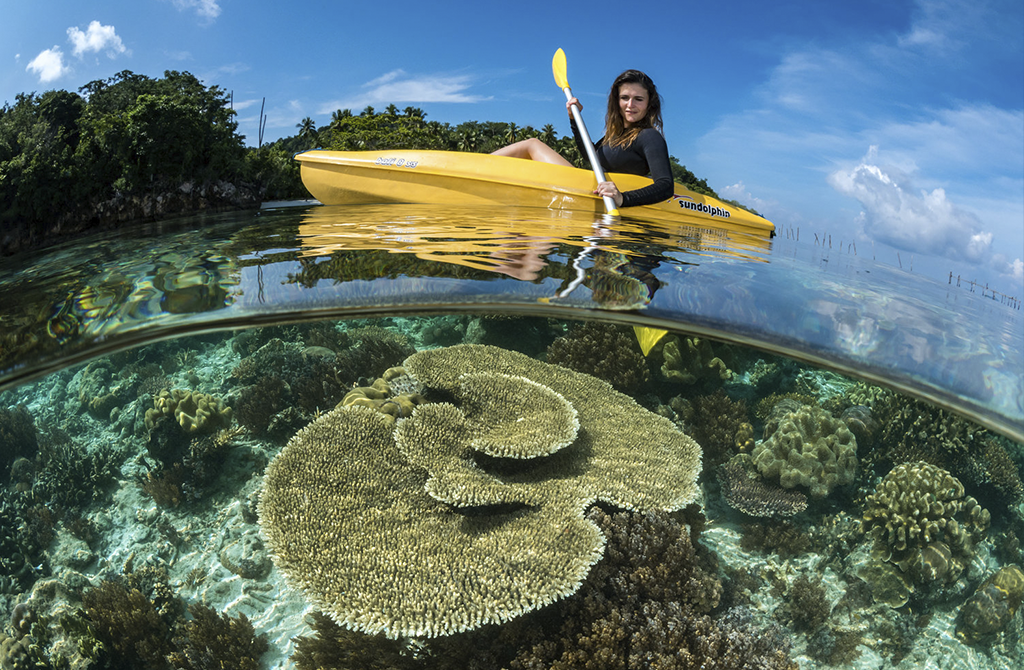
In 1981, the Great barrier reef was included in the UNESCO world heritage list. But now it is threatened by the possibility of being placed on another, much sadder list: the list of world heritage sites in danger of extinction. According to Interfax, in August 2019, the Agency that controls the marine Park published a report in which it assessed its condition as very bad. Over the past 30 years, the reef has lost about half of its living corals. What is the reason?
- Natural disaster. Waves and hurricanes, which have become more frequent in recent years due to climate warming, are destroying reefs and Islands.
- Increased acidity of sea water due to the fact that the ocean absorbs and dissolves the carbon dioxide emitted into the atmosphere.
- Rising ocean temperatures cause the death of algae living in corals. Deprived of their coral becomes more vulnerable and quickly destroyed.
- Starfish "Сrown of thorns" , which feeds on coral polyps. In a week, one star can destroy 1 sq. m. of coral reef.
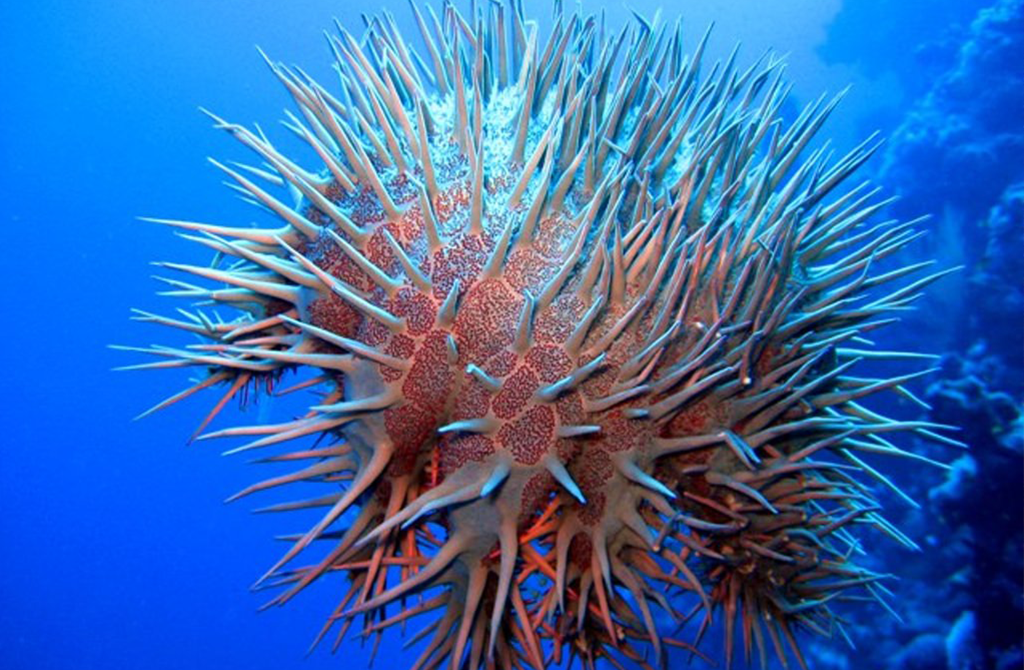
Despite the measures taken by the Australian government: the creation of a marine Park, the prohibition of mining and commercial hunting, the restriction of tourism, the condition of corals is deteriorating. If the situation does not change, UNESCO will include the Great barrier reef in the list of objects at risk of extinction, as early as 2020.
But there is also information that gives hope for the restoration of the reef. An international team of scientists studying the deep layers of coral deposits reported that over the past 30,000 years, the reef has already been 5 times on the verge of complete destruction.But each time the corals managed to adapt to the changed conditions, and as soon as the environment became more favorable, the reef was fully restored and continued to grow further.
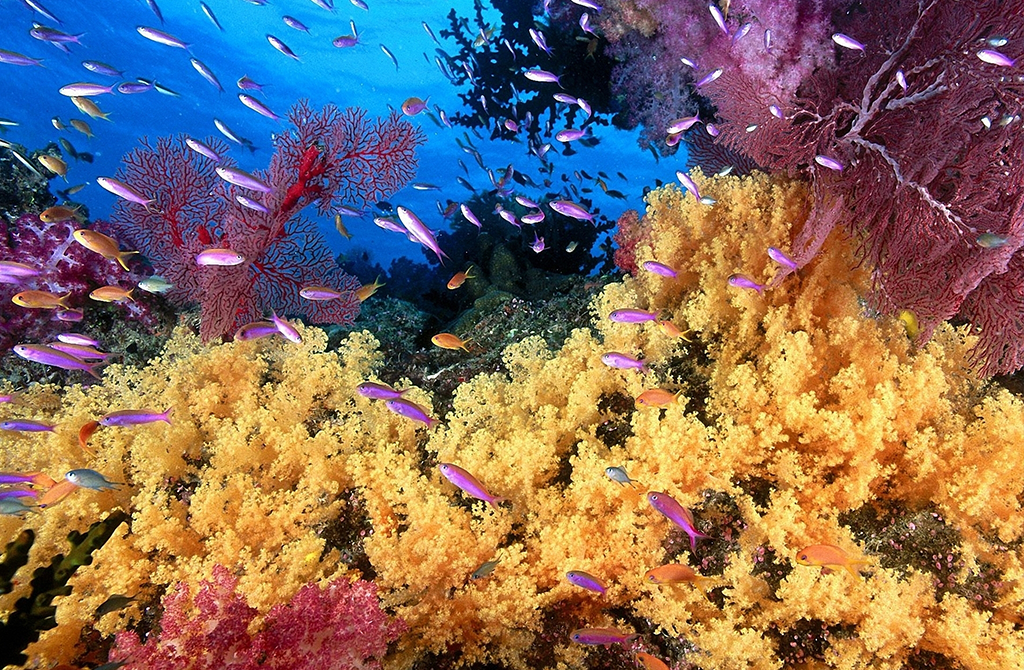
In addition, the scientists conducted an experiment, the results of which showed that corals are able to adapt to the increase in water temperature, and now this process is 50 times faster than before, when the climate changed less sharply.
Discolored areas of corals can also restore color over time. There are 100 reefs in the Great Barrier Reef system that have not been affected by mass bleaching. They can be the reserve for the recovery of the population.
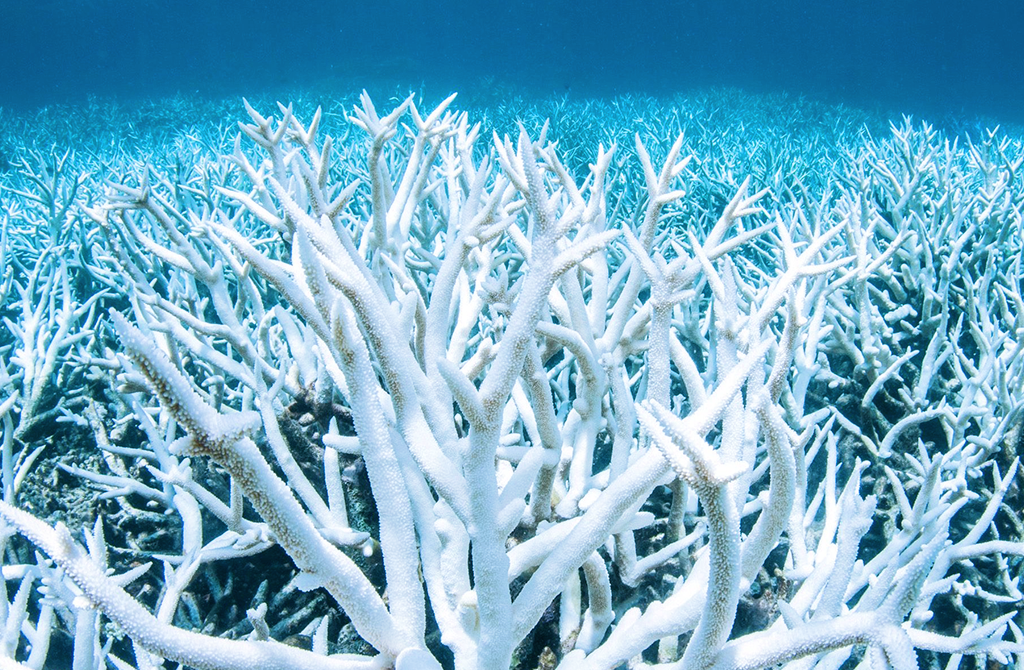
But this requires the help of a humans. We can't influence natural factors in any way, but we can reduce the rate of global warming to allow corals to adapt to new conditions, and reduce the population of the "crown of thorns" that destroys coral polyps. Perhaps then our grandchildren and great-grandchildren will also be able to admire the underwater coral gardens and their inhabitants not only in old videos and photos. And in the list of disappearing UNESCO world heritage sites will be one less object.
Author: Maria Astakhova
Read more
July 31, 2024
April 12, 2024
April 5, 2024